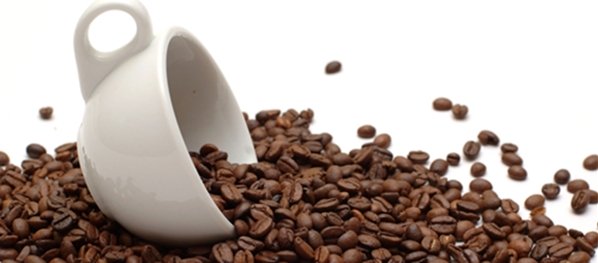How To Clean Your Coffee Maker
Best Coffee Maker Reviews
 |
You wake up in the morning, ready for the day and also ready for your delicious cup of coffee. But alas! Something seems to be awfully wrong with your precious coffee maker. It is brewing so slowly or not at all. You only have 30 minutes to get to work. You might be saying I need to get a new coffee maker! |
Relax. Save your precious dollars. It could very well be that your coffeemaker is clogged. Coffee experts suggest that you should clean your coffee maker at least once a month.
This is to prevent debris from the coffee ground, water and lime deposits from building up inside the machine and clogging it up. And cleaning, by the way, isn’t just giving it a quick rinse. That will not give you the desire results what with all the internal components where rinsing isn’t even applicable.
And cleaning, by the way, isn’t just giving it a quick rinse. That will not give you the desire results what with all the internal components where rinsing isn’t even applicable.
One important point to note: You don’t necessarily need to buy commercial products to clean your coffee maker. You can use vinegar or lemon to get rid of the buildup, as well as oils your coffee beans may have left behind.
Follow This Eight Steps
Step 1: After you have unplugged your coffee maker, wipe down all of your coffee maker's external surfaces with a damp sponge. Pour out any old coffee. If you have a re-usable filter this will also need to be cleaned.
Step 2: Fill up the water reservoir with a one-to-one solution of water and vinegar.
Step 3: Run the coffee maker. Let the mixture of vinegar and water sit in the carafe for a minimum of 15 minutes. Ensure that you remove the coffee pot so the vinegar will collect in the filter and then clean it. The filter may be full of oils and residue so ensure that you rinse it.
Step 4: Pour the vinegar out of the coffee pot and rinse it.
Step 5: Run the coffee maker once or twice more with vinegar to ensure that all the build-up is gone.
Step 6: Run the coffee maker with pure water to rinse it. You can do this twice to ensure that the vinegar smell is eliminated.
Step 7: You see some hard water build-up on your coffee maker– a flaky, white residue – Just soak an old toothbrush in vinegar and scrub away.
Step 8: Brew yourself a coffee pot and taste test!
Lemon Juice: Another Option
Some people cannot stand the smell of vinegar. Another great option is lemon juice. Lemon juice is acidic, which means it eats away at any mineral deposits, but it also leaves behind a nice smell. However, it is not recommended for coffee makers that are severely clogged. Use the same technique for cleaning as you used with vinegar and continue brewing with cold water until the smell of lemons disappears.
Extra Tip
If you have a machine that also grinds your beans make sure you remove the grinder parts. Soak them in a vinegar water solution for about 30 minutes. This will remove any oily residue that tends to build up.
Your brewing time, heating and the quality of your coffee may be affected when the inner workings of your coffee maker become clogged. If you want your coffee tasting to remain fresh and delicious, you need to clean your coffee maker to remove those deposits.






